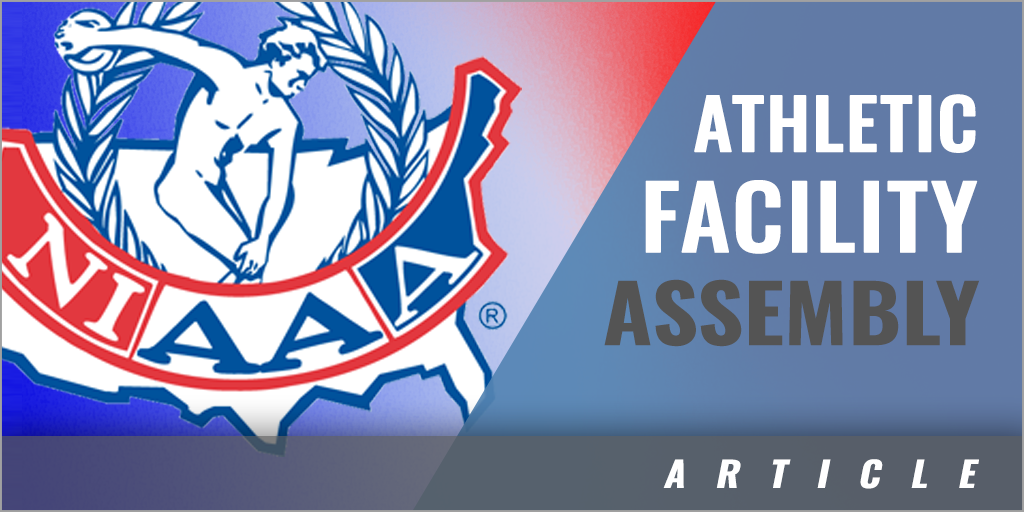|
By: Jeremy Eubank, CMAA, - North Cross School (VA) Athletic facilities play a pivotal role in enhancing athletic performance, supporting physical fitness, and fostering community engagement. Whether you are planning to build a small gym, a high school sports complex, or a large multi-sport facility, several key factors need to be considered to ensure the project meets the needs of its users while being sustainable, efficient, and compliant with relevant regulations. These are the steps that I would recommend if you were building an athletic facility; whether it is from scratch or doing renovations, this will give you an outline of all things considered. This article will guide you through the essential stages of planning and constructing an athletic facility from a private/independent school perspective, from initial design to final implementation. 1. Identifying the Purpose and Scope of the Facility The first step in building an athletic facility is to clearly define its purpose. This will help guide decisions on design, size, amenities, and resources. Common types of athletic facilities include:
Understanding the primary use—whether renting out your facility, scheduling for your own athletic programs, or community wellness will influence every decision moving forward on purpose and scope of your athletic facility. 2. Site Selection and Analysis Choosing the right location for your athletic facility is critical. Consider the following factors when selecting a site:
3. Design and Planning The design phase is where the vision for the facility starts to take shape. Here are some key considerations in the planning and design process:
During this stage, it's advisable to work with an experienced architect and a team of engineers that have experience with school related athletic facilities. Many athletic facility designs also include input from athletes and coaches to ensure functionality and usability. I would recommend it if you have not already taken LTC 61. The course has and will continue to be a big help in any build or renovations that you and your school may be taking part in. 4. Budgeting and Funding Building an athletic facility can be a significant financial investment, and understanding the costs involved is essential to stay within budget. Key components that influence cost include:
Funding for the project can come from various sources:
5. Construction and Project Management Once the design and budget are finalized, it's time to break ground. The construction phase involves several critical steps:
6. Post-Construction and Facility Opening After the facility is built, several important steps remain before it can officially open:
7. Ongoing Management and Upgrades Once the facility is operational, ongoing management is necessary to ensure long-term success. This includes:
As athletic trends evolve, it's also important to invest in periodic upgrades to maintain the facility's competitiveness and appeal. Conclusion Building an athletic facility is a complex but rewarding endeavor. By carefully considering your needs, selecting an appropriate site, designing for flexibility and functionality, managing costs, and ensuring long-term maintenance, you can create a space that benefits athletes, enhances community engagement, and stands the test of time. The success of the project depends on clear vision, thoughtful planning, and a collaborative approach among designers, contractors, stakeholders, and future users. With these factors in mind, your athletic facility can become a vital resource that promotes health, wellness, and sportsmanship for generations to come.
|






